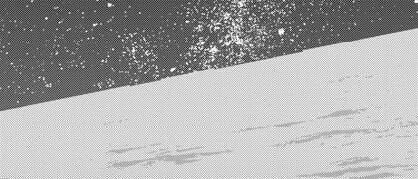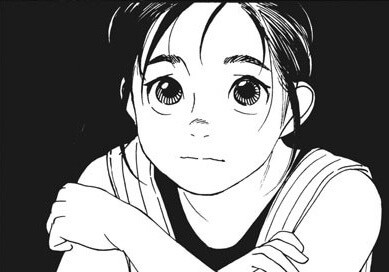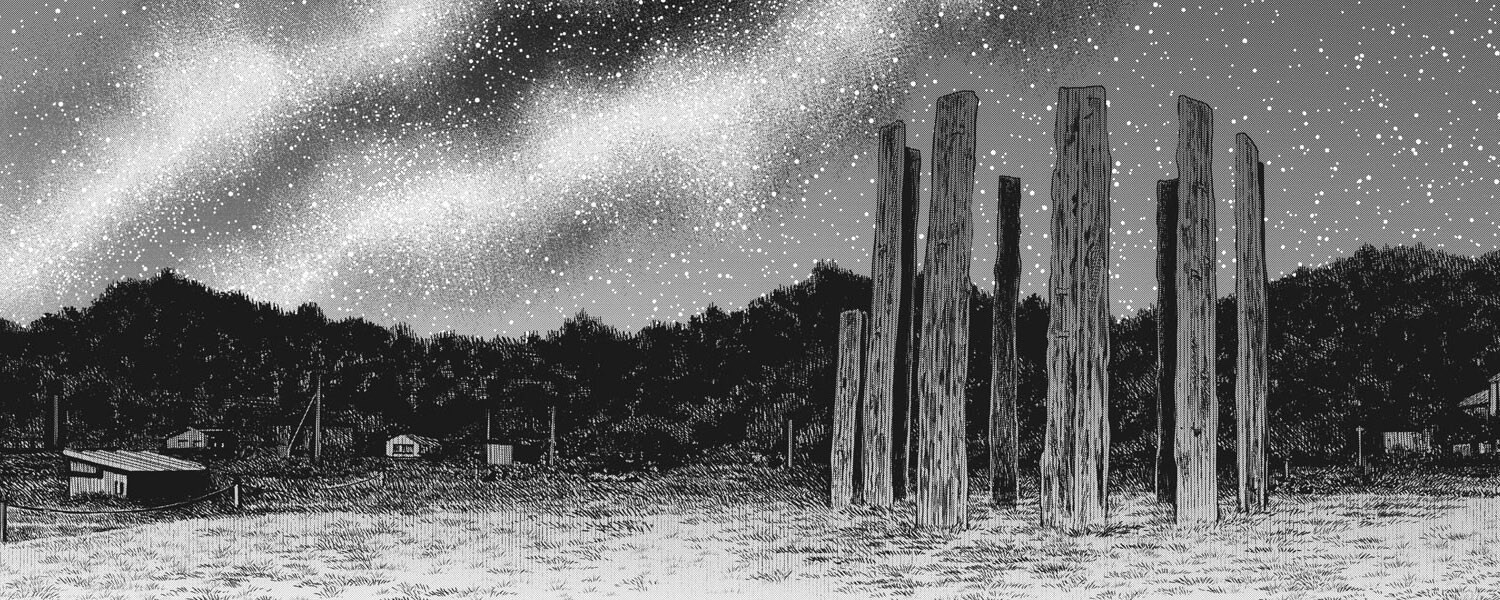There’s something exciting about discovering a manga that explores one of your hobbies—particularly when said hobby is relatively niche.
Kimi wa Houkago Insomnia follows two high school insomniacs who inadvertently revive their school’s defunct astronomy club while using the observatory as a safe place to sleep. Required to perform actual club activities, Nakami quickly becomes interested in astrophotography, for what better hobby could an insomniac take up than chasing elusive clear night-time skies?
The manga chronicles his initial forays into the art and his budding but awkward relationship with Magari, stalked all the while by a sense of impending tragedy.
It’s unfortunate the astrophotography isn’t always on point.

The above image is claimed to be a two hour exposure. No star tracker. No equatorial mount. Pinpoint stars (more or less from the minuscule panel). Nakami’s only complaint was that nothing was reflected on the water’s surface and this was quickly attributed to minor variations in the wind over the long period of exposure.
That’s not how stars work.
Even if we imagine for a moment that the aperture was small enough not to result in an extremely overexposed image after capturing light for two solid hours, the Earth rotates. Stars appear to move across the sky and we have to use star trackers or mounts to follow their motion. This photo should be streaked with trailing stars as seen in many of the others elsewhere in the manga.
It’s surprising because star trails have also been discussed on several occasions. In an earlier chapter, one of Nakami’s photos even shows the tell-tale signs of trailing stars (though they’re erroneously identified as being out of focus).

Sure, they could also be out of focus, but it’s hard to be sure based on the small sample of unevenly trailed stars—by far the larger concern.
That’s not to say it’s all wrong though. There are many nuggets of true astrophotography wisdom sprinkled throughout the chapters, ranging from common beginner camera settings to focusing bright stars in live view (you probably want to check it a few times over the course of the night rather than just leaving the drive mode on continuous though—temperature changes have a tendency to warp it out of focus!)
Even were that not the case, it’s difficult to deny the charm the characters bring to the story. Nakami is an easy protagonist to identify with and it’s a joy to watch him stumble through both his first experiences of astrophotography and his developing relationship with the strange girl he found sleeping in a locker in the observatory. There are bitter disappointments on both fronts—plans go awry due to factors both beyond and within their control. Nakami faces the familiar struggle of trying to force himself to sleep on days before important events, knowing that his need only makes failure all the more inevitable.
But there are moments of triumph and excitement too. Skies clear up. Nakami’s astrophotography improves. An outcast on account of trying to hide his insomnia, Magari’s influence helps to expand his circle of friends.
Unsurprisingly, Magari is the second axis around which the story revolves. She’s Nakami’s polar opposite in almost every way—popular, sociable, and more than a little over-excitable. Both have their own unique circumstances at the root of their insomnia but it still forms a solid bond between them right from the start. At times, their dynamic can feel a bit formulaic, but that hasn’t really been much of a detriment. Not in the same way as Magari’s terrible dress sense at least!
Note: Minor spoilers from this point onwards!

There are some pretty grim undertones and a lurking sense of unease around Magari that leads me to suspect this will not be a manga with a happy ending. She speaks openly about death and always evades topics that touch on the future. Her arcs tend to deal with deeper (and often more meaningful) themes than Nakami’s, such as how much it hurts to be pitied and coddled—to be given unwanted special treatment for things beyond one’s control.
Yet in the end, Kimi wa Houkago Insomnia has been a cute seinen romance thus far, albeit with all the hallmarks of a tragedy.
We’ll just have to see if it proves me wrong.

